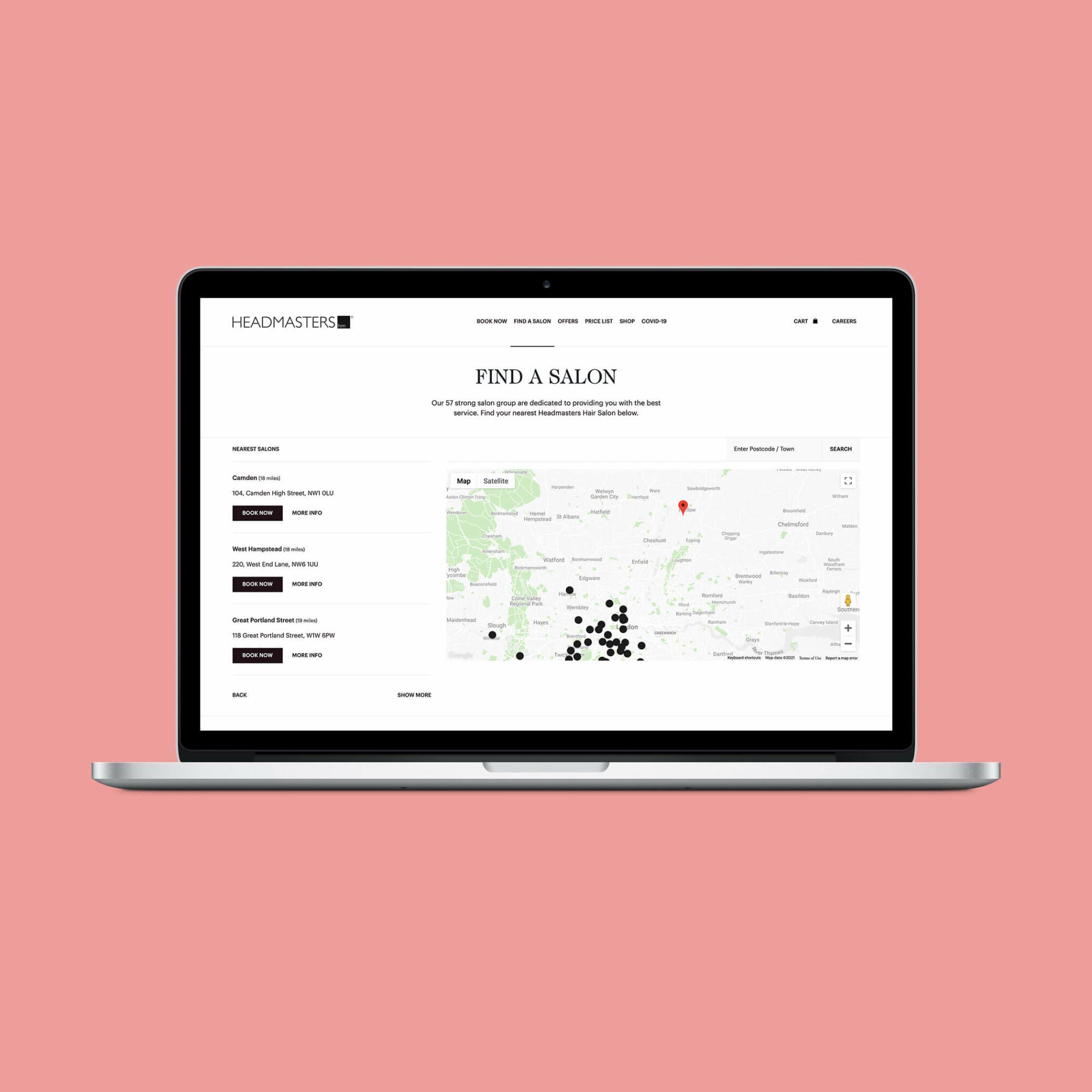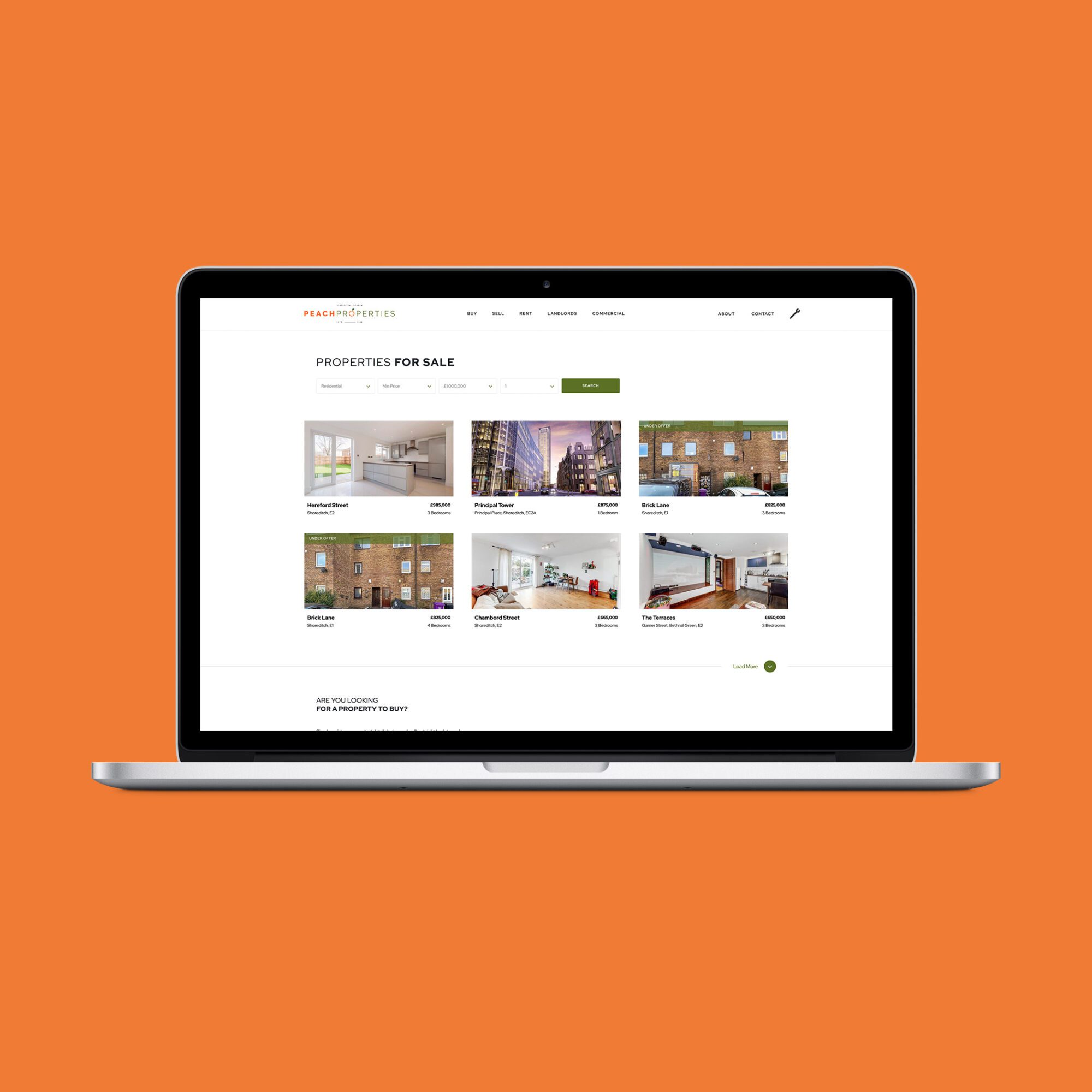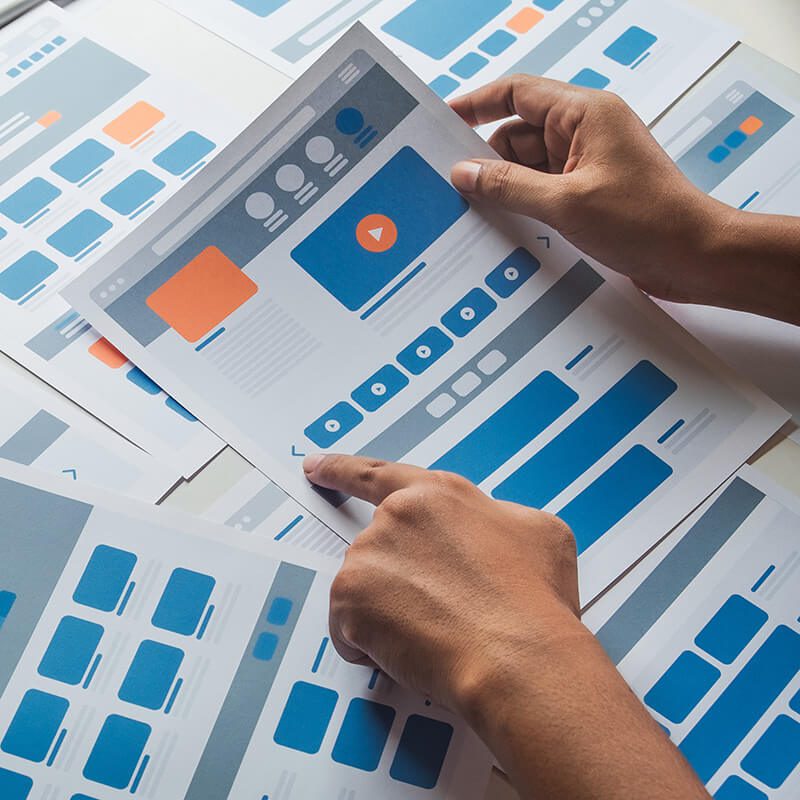User Interface Design Services
UI Design
User Interface Design – also known as UI Design – is much more than just knowing how to present the navigation. UI is how you structure the entire page and how you present the content that the page holds.
Along with UX, we refer to these early discovery phases as design sprints, using wireframing tools to help us identify what works and what doesn’t.
These sprints allow us to make mistakes, fast, before finalising the page structure and progressing to the web design phase.
The key is to look at UI & UX workshops as an investment. Time spent here helps the design & development stages run smoothly, resulting in a pleasurable experience for everyone involved.
UI Design Principles
We follow a list of tried & tested UI design principles when planning and designing websites. These UI design principles are:
- Clarity – Make sure your navigation is intuitive, that all buttons and calls-to-action are obvious and that the purpose of each element on the page is obvious.
- Familiarity – Consistency within the design is key to making a visitor comfortable when browsing your website.
- User Control – Make the user feel as though they are in control of their browning experience with clearly marked interactive elements.
- Hierarchy – Make sure every page is structured so that the information is easily digestible using colour and sub-headings to highlight areas of importance.
- Negative / White Space – Give each element room to breathe by adding space and de-cluttering the page from unnecessary distractions.
- Accessibility – Particularly for those with visual impairments, we need to make sure that our websites meet the WCAG requirements.
Our aim is to deliver a website that your customers enjoy so much that they are happy to return again & again.


“I worked with LWDA to deliver a website to a tight deadline. Not only did they meet the high standards of the client they achieved our challenging timelines and were a pleasure to work with. I look forward to working with them again in the future.“
Tom Dickens
Head Of Marketing, Alphabit Fund
LIKE WHAT YOU SEE? GREAT!
Need to see some case studies?
You can a few of our most recent Web Design case studies highlighted below, each of which includes UI planning.
FAQ: Top 5 Questions About UI (User Interface) Design
UI design refers to the process of creating the visual and interactive elements of a digital product, such as a website or mobile app. It is essential because it directly impacts how users interact with and experience your product, influencing usability, satisfaction, and overall success.
Fundamental principles of UI design include:
- Consistency: Maintaining uniformity in design elements like colours, typography, and navigation to provide a cohesive user experience.
- Clarity: Ensuring that interface elements and actions are clear and easily understandable.
- Simplicity: Striving for simplicity in design, avoiding unnecessary complexity that may confuse users.
- Feedback: Providing visual and interactive feedback to inform users of their actions and system responses.
- Accessibility: Ensuring that the design is accessible to users with disabilities, including considerations for screen readers and keyboard navigation.
UI designers often use various software tools, including:
- Adobe XD: A vector-based design tool for creating user interfaces and prototypes.
- Sketch: A popular macOS app for UI design, known for its ease of use.
- Figma: A cloud-based design tool that allows collaboration in real time.
- InVision: A platform for creating interactive prototypes and sharing design work with stakeholders.
- Axure RP: A tool for creating complex prototypes with dynamic interactions.
To create a user-centred UI design, you should:
- User Research: Understand your target audience through research, user personas, and user testing.
- Wireframing: Create wireframes to outline the basic structure and layout of your interface.
- Prototyping: Develop interactive prototypes to test and refine your design’s functionality.
- Usability Testing: Conduct usability tests with real users to identify pain points and areas for improvement.
- Iterative Design: Continuously refine and improve your design based on user feedback and testing results.
UI design trends evolve over time, but some emerging trends include:
- Dark Mode: Offering a darker colour scheme for improved readability and aesthetics.
- Neumorphism: A design style that creates soft, realistic 3D elements.
- Microinteractions: Small animations and feedback elements to enhance user engagement.
- Minimalism: Simplified, clean designs with ample white space.
- Voice User Interfaces (VUI): Designing interfaces for voice-activated devices and applications.
It’s important to adapt these trends selectively to fit your project’s objectives and user preferences while maintaining a user-friendly and functional interface.




